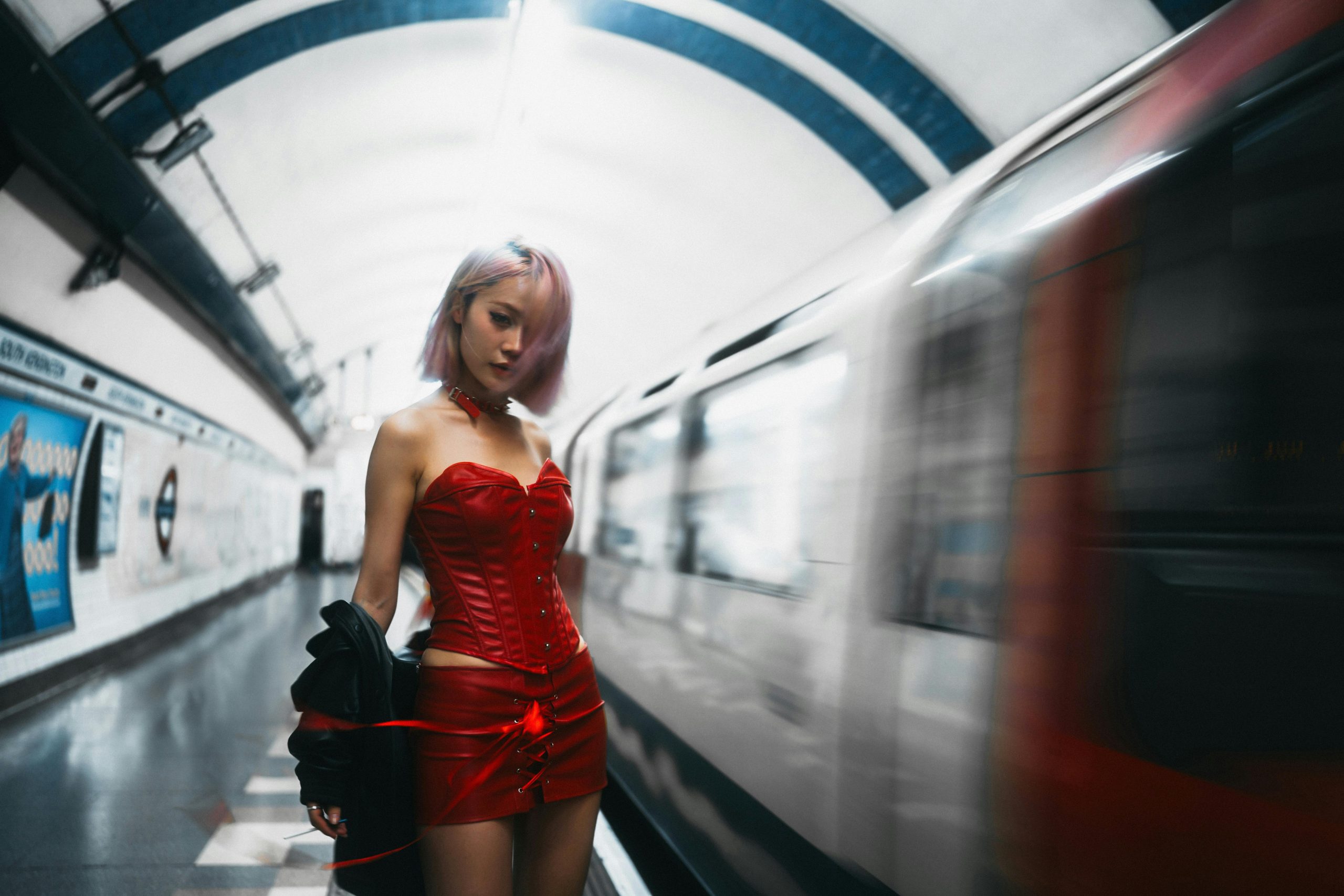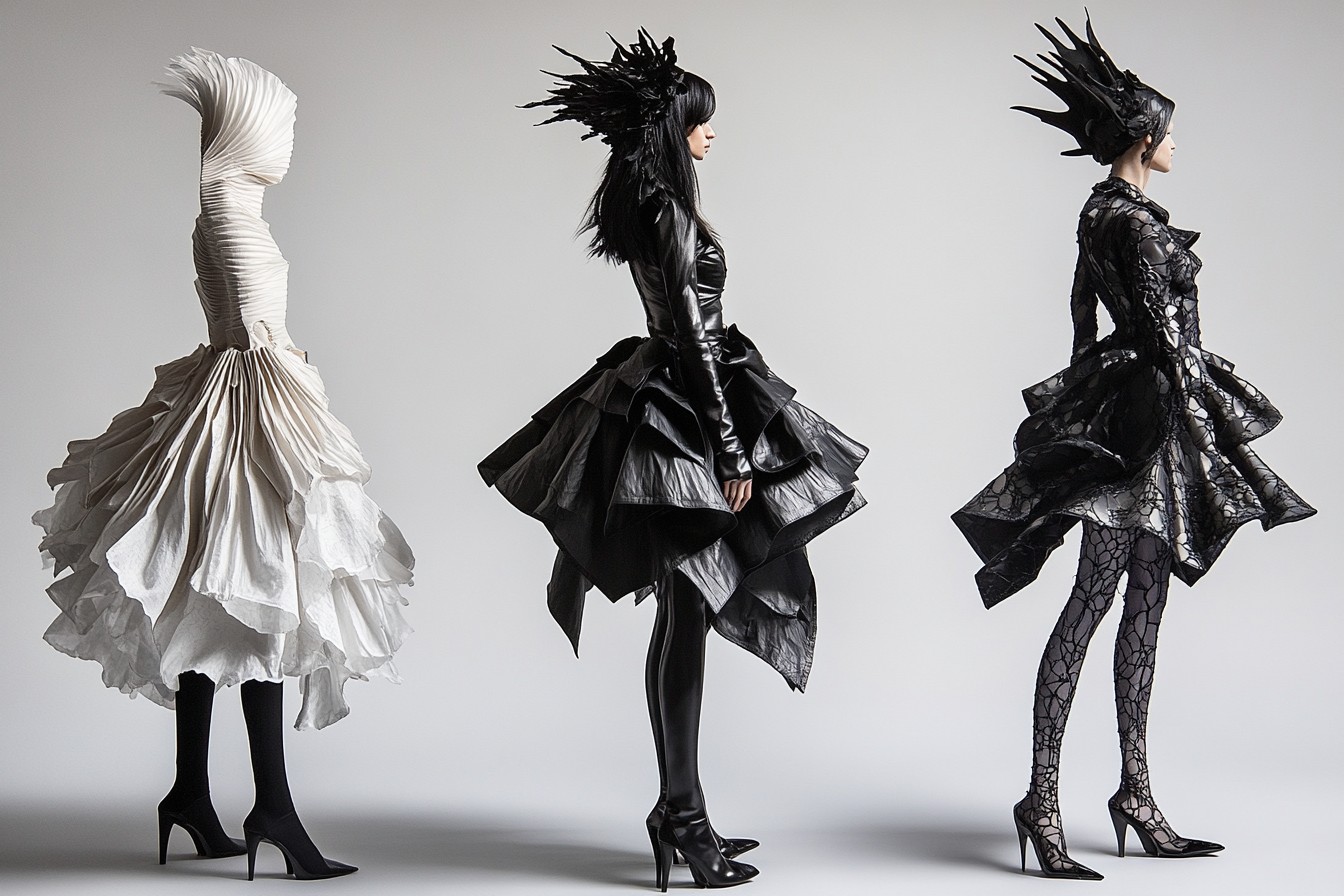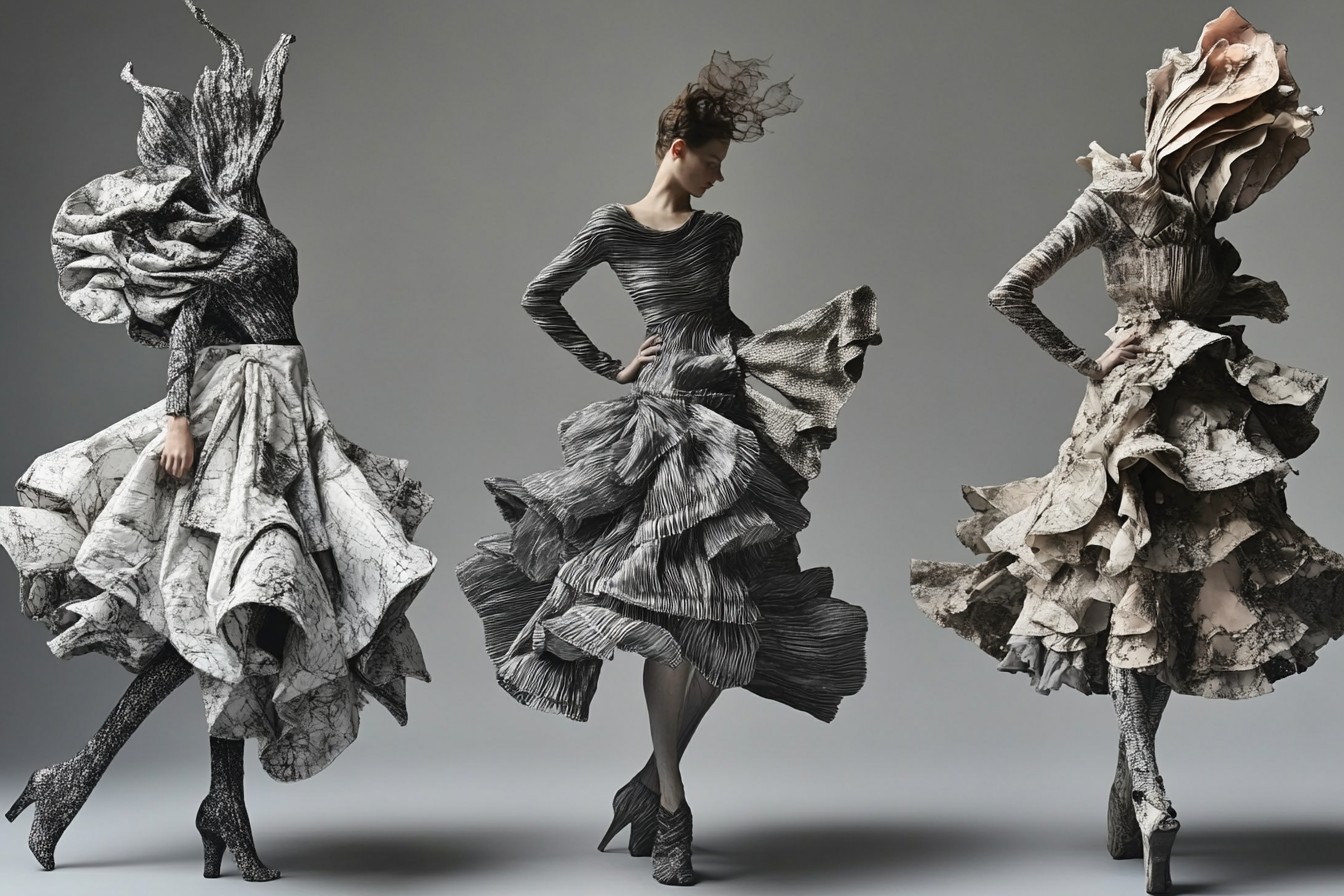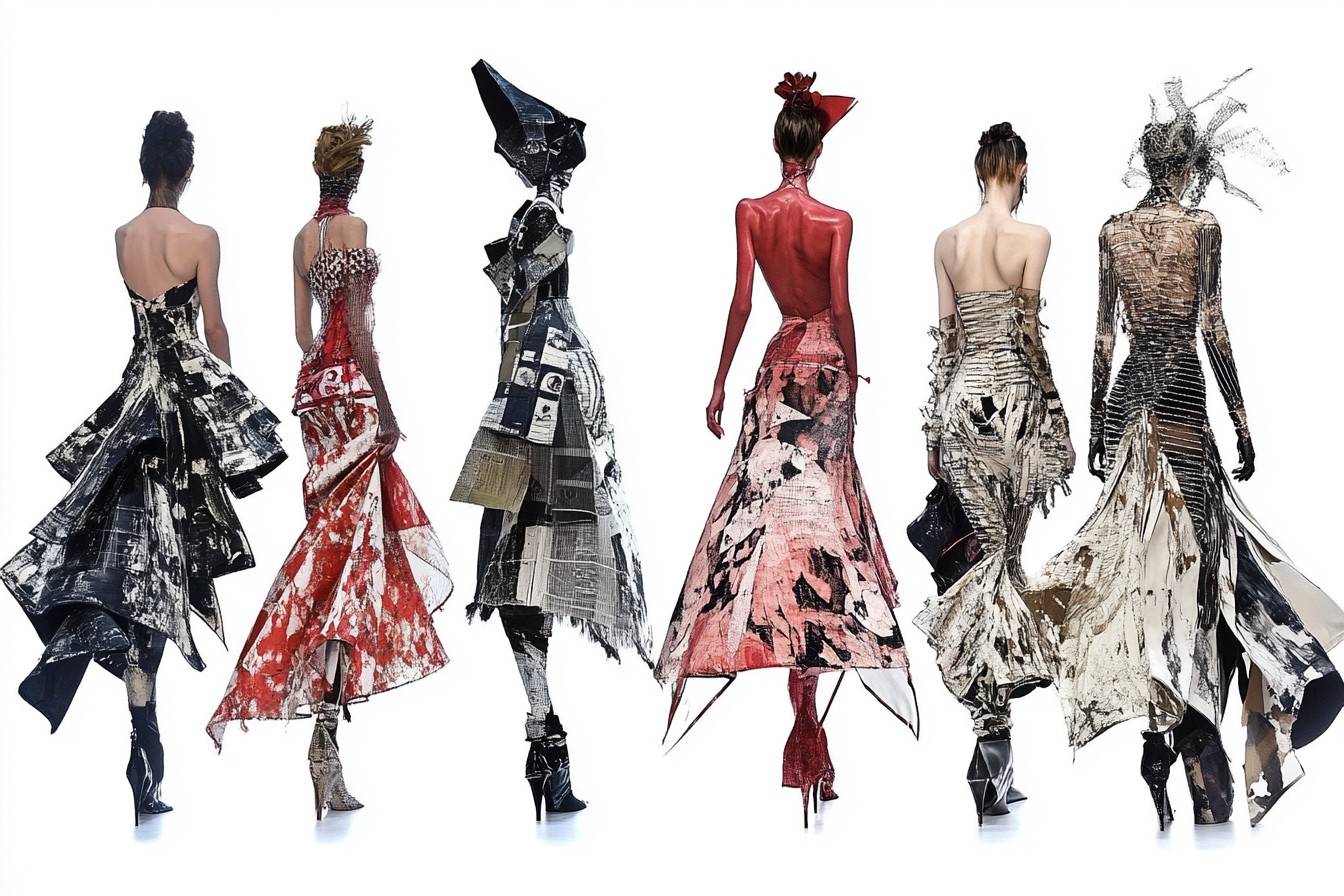The mythology of Fashion Week dressing would have you believe that editors float between shows in elaborate designer ensembles, changing outfits multiple times daily with the casual ease of someone with an unlimited budget, a private driver, and no concept of physical discomfort. Instagram reinforces this fantasy with carefully curated shots of immaculate outfits against iconic London backdrops, suggesting a glamorous reality that bears little resemblance to the actual experience of attending back-to-back shows in February’s typically biblical weather conditions.
The truth? Much like the shows themselves, there’s what happens on the runway and what happens backstage—the public-facing fantasy and the somewhat messier reality. After fifteen seasons of London Fashion Week (dear God, has it really been that long?), I’ve observed enough to report on the genuine realities of editor dressing—the practical strategies, the unspoken hierarchies, and the surprising uniformity that exists beneath the apparent diversity of styles.
“Nobody talks about the fact that you’re basically dressing for a very weird combination of marathon and job interview,” my colleague Sophie confided over post-Fashion Week restorative wines last season. “You need comfort for the ridiculous amount of movement, but you’re also being judged professionally on how you look. It’s exhausting.” As a fashion features director at a major publication, she’s expected to embody a certain aesthetic credibility while simultaneously managing the logistics of an increasingly compressed schedule across a sprawling city.
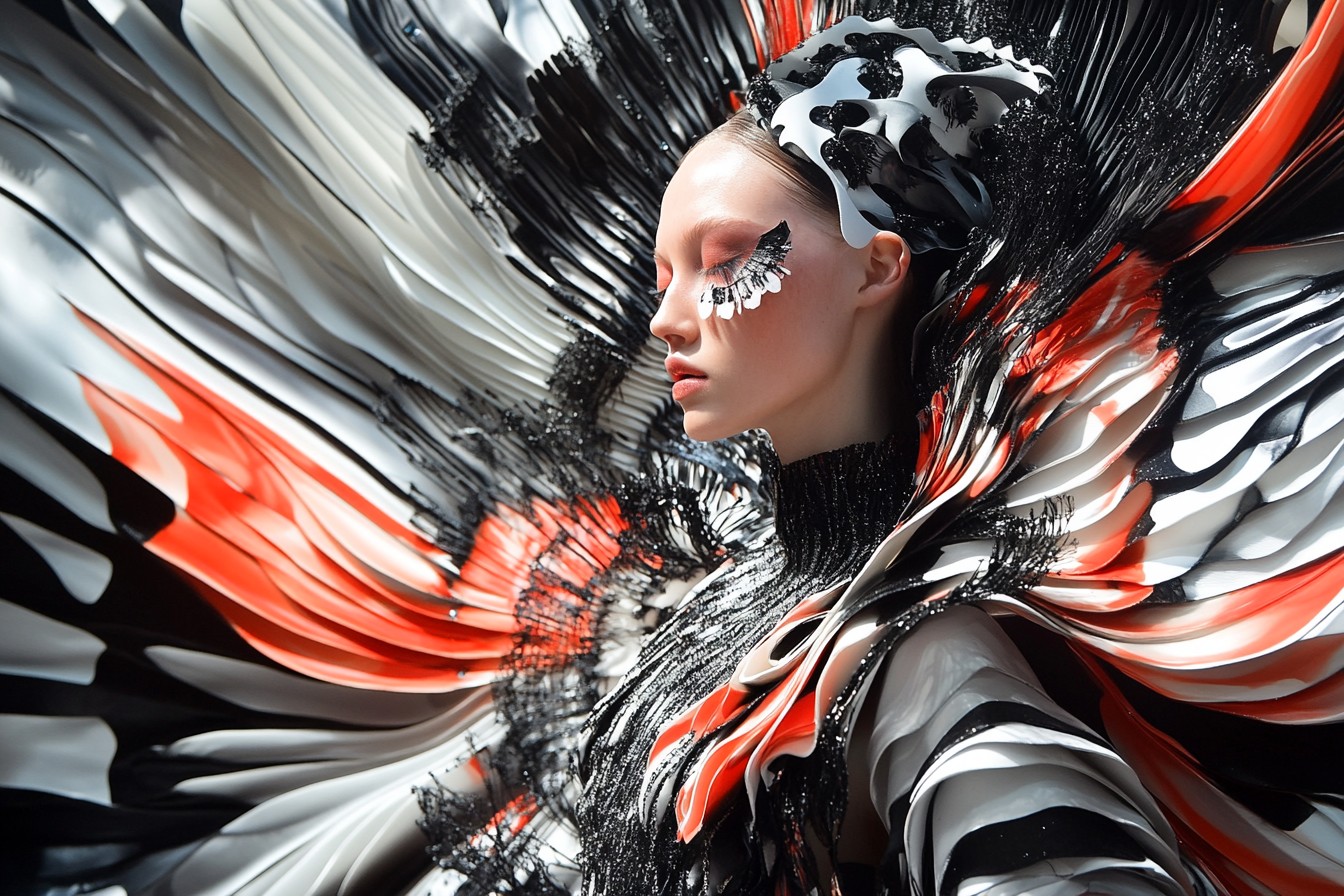
Let’s start with the fundamental reality check: most British fashion editors do not change outfits multiple times per day. The logistics simply don’t allow for it. With shows often scheduled back-to-back across London’s far-flung locations (one particularly memorable season involved racing from Tate Modern to a warehouse in Tottenham in under 45 minutes), there’s barely time for a bathroom break, let alone a complete wardrobe change.
Instead, the typical approach involves creating one strong, hardworking outfit per day that can transition across various settings and weather conditions. “You need something that works for a 9am presentation, still looks decent for an important 4pm show, and can transition to evening events without looking completely disheveled,” explained Leila, a fashion editor whose polished appearance belies the practical considerations underpinning her choices. “And it needs to handle the fact that you’ll be sitting, standing, walking, occasionally running, and potentially getting soaked at some point.”
This practical reality leads to a few consistent elements in editor wardrobes during fashion week. First, there’s a noticeable skew toward black, navy, and neutral tones—not because fashion people lack imagination, but because these create a versatile base that remains presentable throughout a punishing day. A dark outfit gracefully disguises the coffee inevitably spilled during mid-schedule caffeine refueling and masks the sweat patches from power-walking between venues or descending into the tube when taxi budgets are exhausted.
Layering emerges as perhaps the most crucial strategy, allowing for adaptation to the wildly variable temperatures encountered throughout a typical fashion week day. February shows mean transitioning between arctic outdoor queuing, overheated showrooms, and drafty warehouses converted into temporary venues. September presents the opposite challenge—often unexpectedly warm outdoors but aggressively air-conditioned indoors.
“I have a specific fashion week capsule that’s essentially a set of thin layers that can be added or removed depending on conditions,” revealed my friend Priya, who edits at a luxury publication. Her typical outfit involves a light merino base layer beneath a silk shirt or fine knit, topped with a tailored blazer or light coat, with a more substantial coat carried or worn depending on the forecast. “It’s all about creating a microclimate you can adjust without ruining the overall look.”
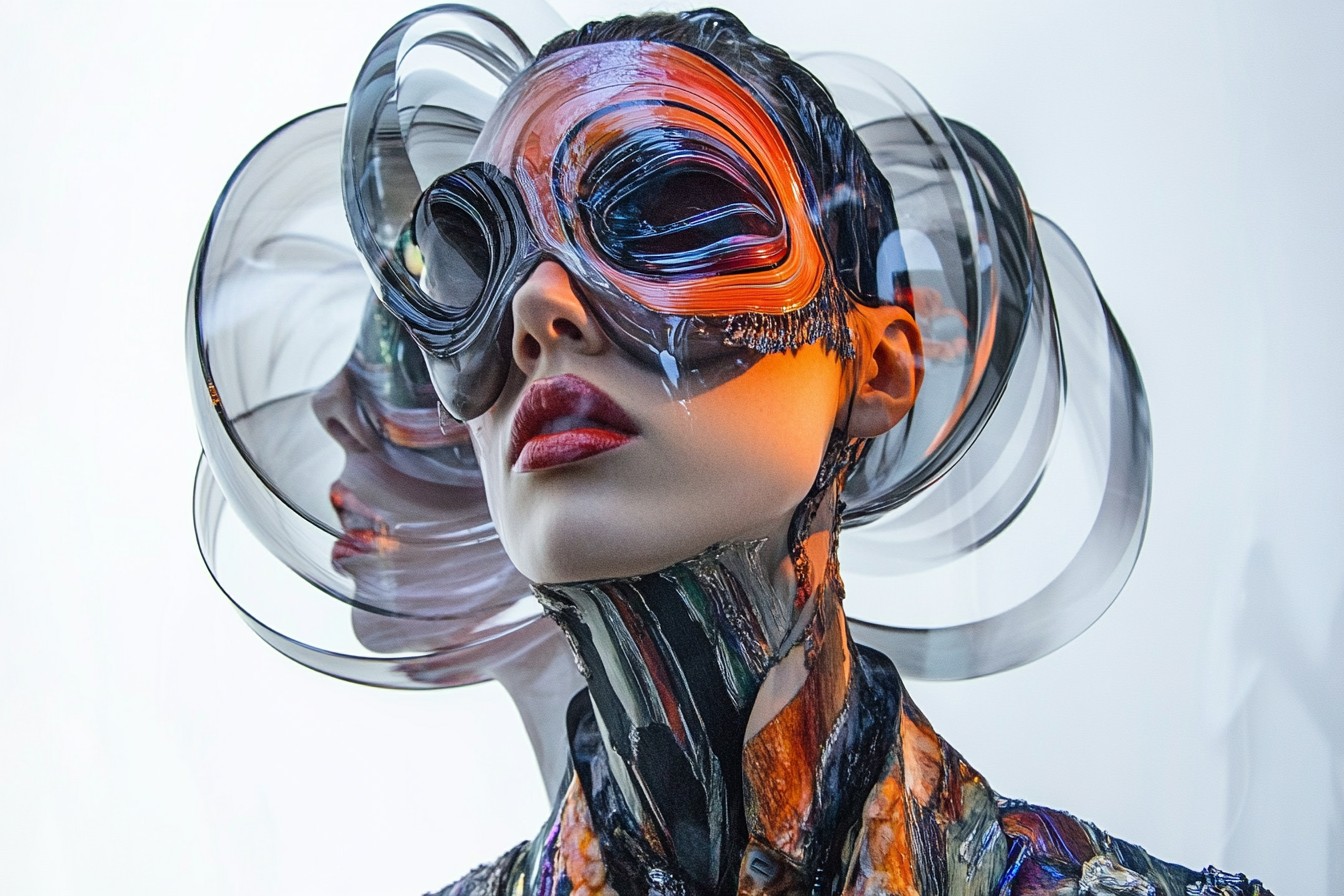
Footwear presents perhaps the biggest disconnect between perception and reality. While street style photographs might suggest that towering heels are the norm, the behind-the-scenes reality reveals a much more practical approach. Many editors have adopted what I think of as the “commuter strategy”—wearing flats or low-heeled boots between venues, then quickly changing into more photogenic shoes shortly before arriving at important shows where street style photographers congregate.
“I literally allocate specific shows where I’ll wear proper heels,” admitted a fashion director who prefers to remain anonymous. “Usually the ones where I know we’ll be seated rather than standing, and where there’s a high likelihood of being photographed. The rest of the time, it’s comfortable boots all the way.” Her go-to fashion week footwear is a pair of patent Chelsea boots with a low block heel—polished enough to look intentional, comfortable enough for the 20,000+ steps typically logged during a full schedule day.
The handbag situation reveals another pragmatic reality check. While editors may carry a photogenic designer bag for key appearances, the full-day necessity is something considerably more substantial. The fashion week bag needs to accommodate essentials that would surprise those outside the industry: portable phone chargers, schedule printouts (because phone batteries inevitably die), snack bars (mealtime is a luxury concept during fashion week), a water bottle, umbrella, hand sanitizer, extra tights for when the inevitable ladder appears, and often a small pair of flats.
“My fashion week bag is basically Mary Poppins’ carpetbag,” laughed Deepa, whose elegant exterior belies the practical survival kit she carries. “The number of times I’ve saved someone’s day with a spare phone charger or emergency snack—I should start charging for fashion week survival services.” Many editors have adopted the tote-within-a-tote approach—a larger practical bag containing essentials, with a smaller, more photogenic option that can be quickly extracted for appearances at premier shows.
Another reality check: a significant proportion of what fashion editors wear during Fashion Week isn’t actually new-season. While there’s certainly pressure to sport current collections, particularly from designers with whom their publications have important relationships, the practical requirements of fashion week often lead editors back to trusted staples from previous seasons.
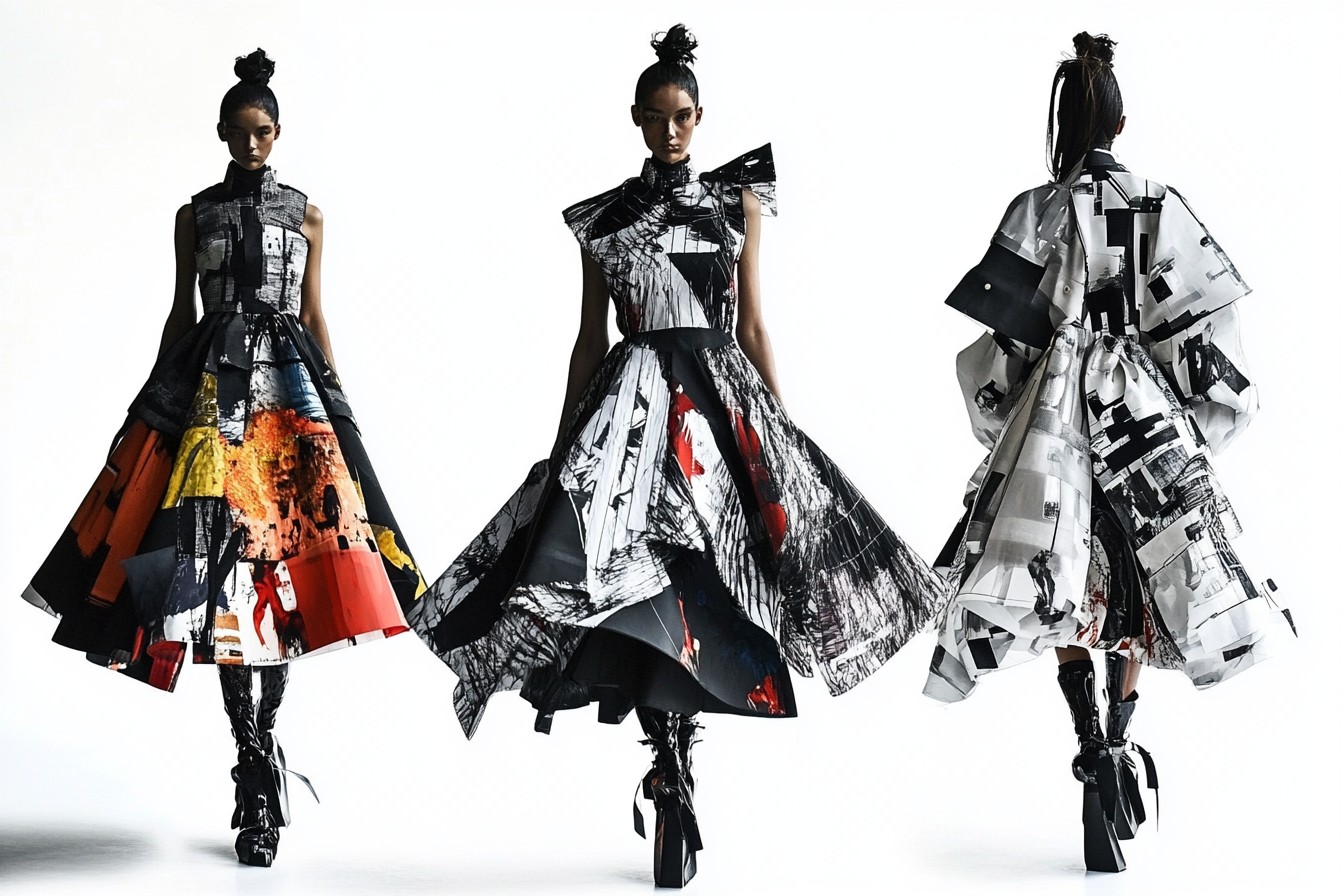
“I have specific fashion week pieces that I know work for the reality of the schedule,” explained my colleague Emma, who’s been covering shows for over a decade. Her fashion week wardrobe has evolved into a carefully considered capsule of proven performers—a black midi dress with pockets, wide-leg trousers that look elegant but allow for movement, and a rotation of blazers that elevate simple basics. “I might add one new statement piece each season, usually outerwear since that’s what appears in street style photos, but the foundation stays consistent.”
This brings us to the unspoken hierarchy of fashion week dressing. There exists a fascinating correlation between job title and outfit expectations. Editors-in-chief and fashion directors often sport recognizable current-season pieces, particularly from designers their publication supports. Fashion features directors and senior editors typically adopt a more individualistic approach that balances personal style with professional expectations. Junior team members generally fall into two camps—either playing it safe with industry-appropriate basics or going boldly experimental to establish recognition.
“Assistant level is when you try hardest,” recalled Sophie, thinking back to her early career. “You don’t have the budget for expensive pieces, but you’re desperate to be noticed, so you go for maximum impact with minimum spend—vintage, high street, creative styling. By the time you’ve moved up, you realize nobody actually cares that much about what you’re wearing as long as you look competent.”
The other prominent factor influencing fashion week attire is the publication’s positioning. Editors from avant-garde publications dress noticeably differently from those at commercial fashion magazines, who in turn look distinct from newspaper fashion editors. These unspoken dress codes communicate professional affiliation as clearly as a name badge. The Vogue team looks like Vogue; the i-D team looks like i-D. It’s a visual shorthand that signals not just personal taste but professional identity.
Despite these variations, certain constants emerge across the spectrum of British fashion editors. There’s a distinctly London approach to fashion week dressing that differs from the other fashion capitals—less polished than Paris, less trend-focused than Milan, more experimental than New York. London editors embrace a certain deliberate imperfection, a studied casualness that subtly communicates fashion credibility without appearing to try too hard.
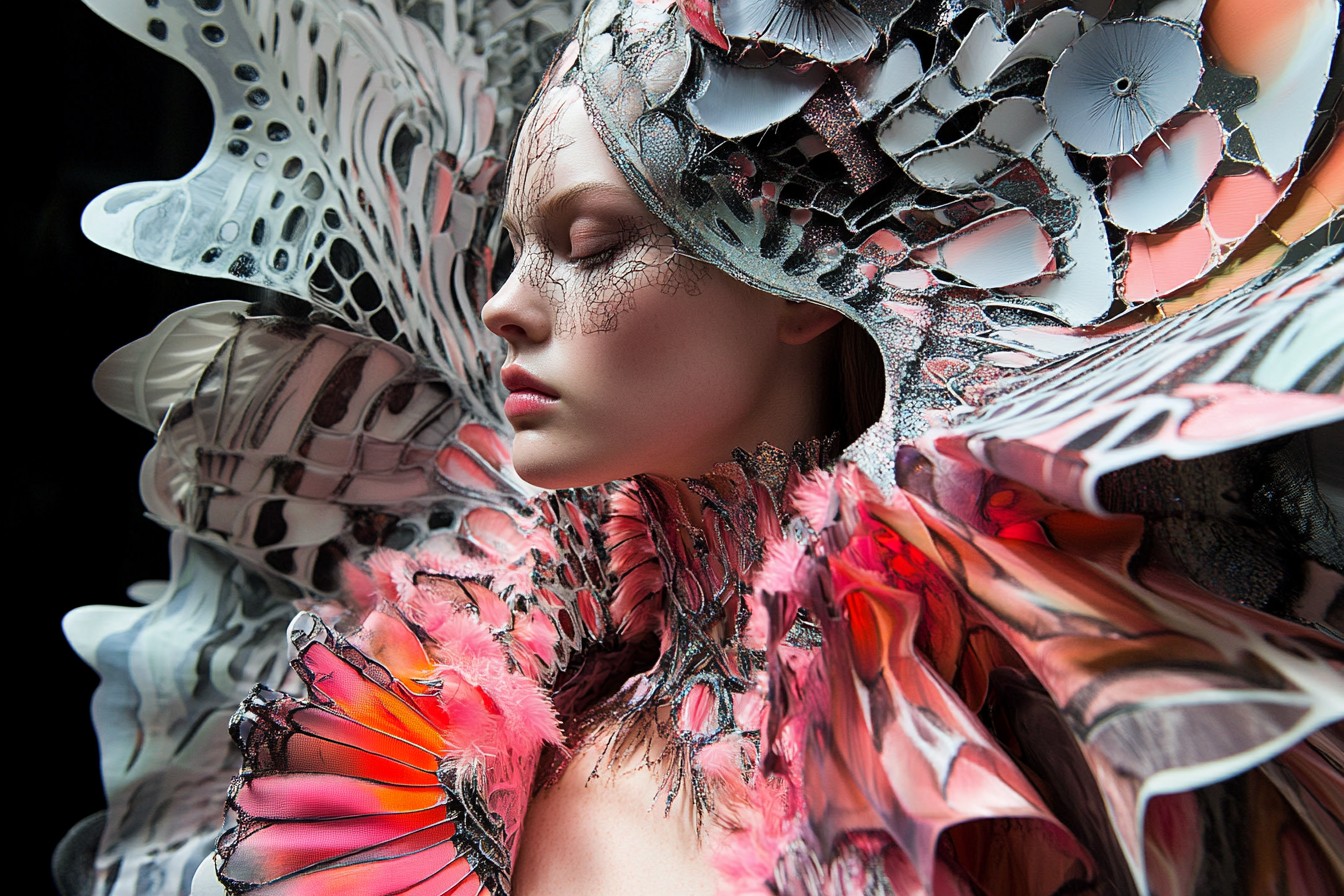
This typically manifests in unexpected combinations—masculine tailoring with feminine details, vintage pieces mixed with current season, high street basics elevated with distinctive accessories. “It’s about looking like you understand fashion rather than like you’re wearing Fashion,” observed Leila thoughtfully. “That sounds pretentious, but there’s a distinction between being fashionable and having style, and London editors definitely aim for the latter.”
The reality of what fashion editors wear is also deeply influenced by the practical British approach to weather. February fashion week coincides with some of our most challenging conditions—not the consistent deep freeze of New York that at least allows for proper winter dressing, but the unpredictable mix of rain, wind, occasional sleet, and brief teasing glimpses of sunshine that makes outfit planning a meteorological gamble.
“I’ve given up caring how I look in the rain,” sighed Emma after particularly challenging weather last February. “I used to try to preserve the ideal outfit by suffering through downpours, but now I just accept that a proper waterproof and umbrella are essential, even if they ruin the aesthetic.” This practicality reveals perhaps the most fundamental truth about fashion editor dressing—beneath the carefully constructed exteriors are people doing demanding jobs in challenging conditions.
The most significant recent shift has been toward comfort without sacrificing style. Pre-pandemic, fashion week often featured more extreme silhouettes and statement pieces. Post-pandemic, there’s been a noticeable pivot toward outfits that photograph well but also accommodate the physical demands of the schedule. “Nobody returned from lockdown willing to suffer for fashion quite like before,” observed Sophie. “We all remembered how comfortable clothes could be, and that’s been hard to unlearn.”
This doesn’t mean a descent into casualness—fashion week remains a professional environment where appearance matters—but rather a more sophisticated approach to creating looks that serve multiple masters: style credibility, physical comfort, practical functionality, and photogenic quality.
So what’s the takeaway for those fascinated by fashion week style? Perhaps it’s the recognition that behind every seemingly effortless street style moment is considerable thought about the practical realities of the day. The most successful fashion week outfits aren’t just visually striking but workhorses capable of withstanding the genuine challenges of the schedule.
Or as my editor friend Priya succinctly put it while lacing up her fashion week boots last season: “The secret to looking good at fashion week is looking good after six hours of it, not just when you first arrive.” Sage advice that applies not just to fashion week, but perhaps to style more broadly—it’s not just how it photographs, but how it performs in the actual business of living.
